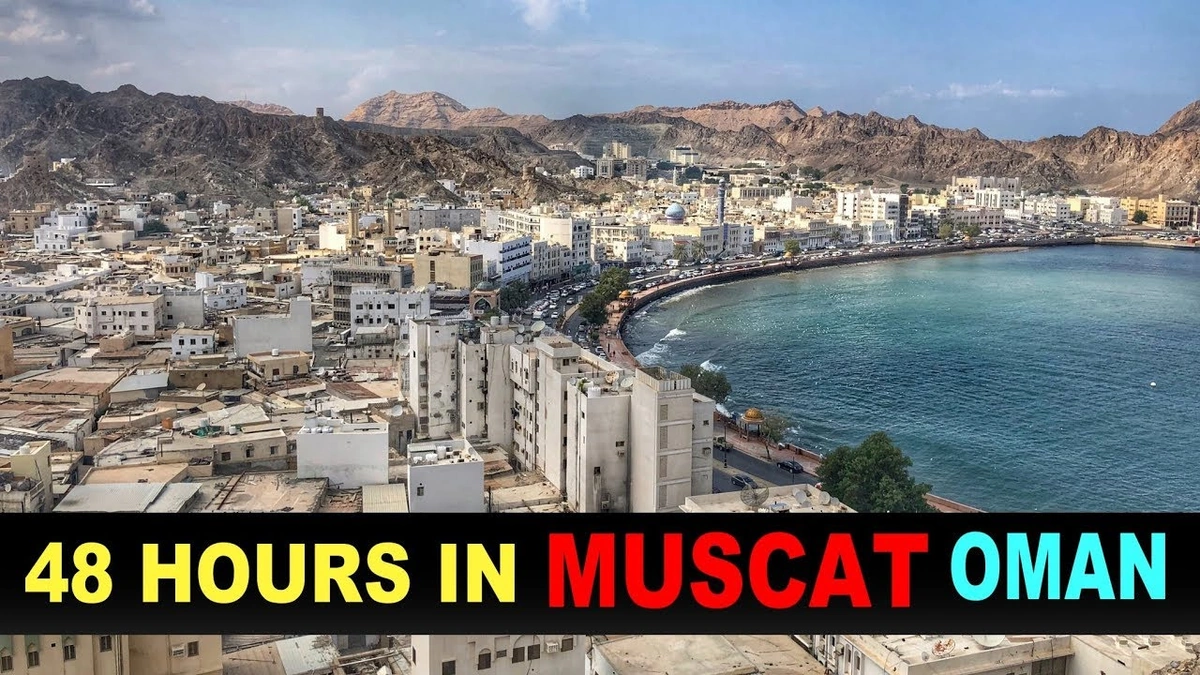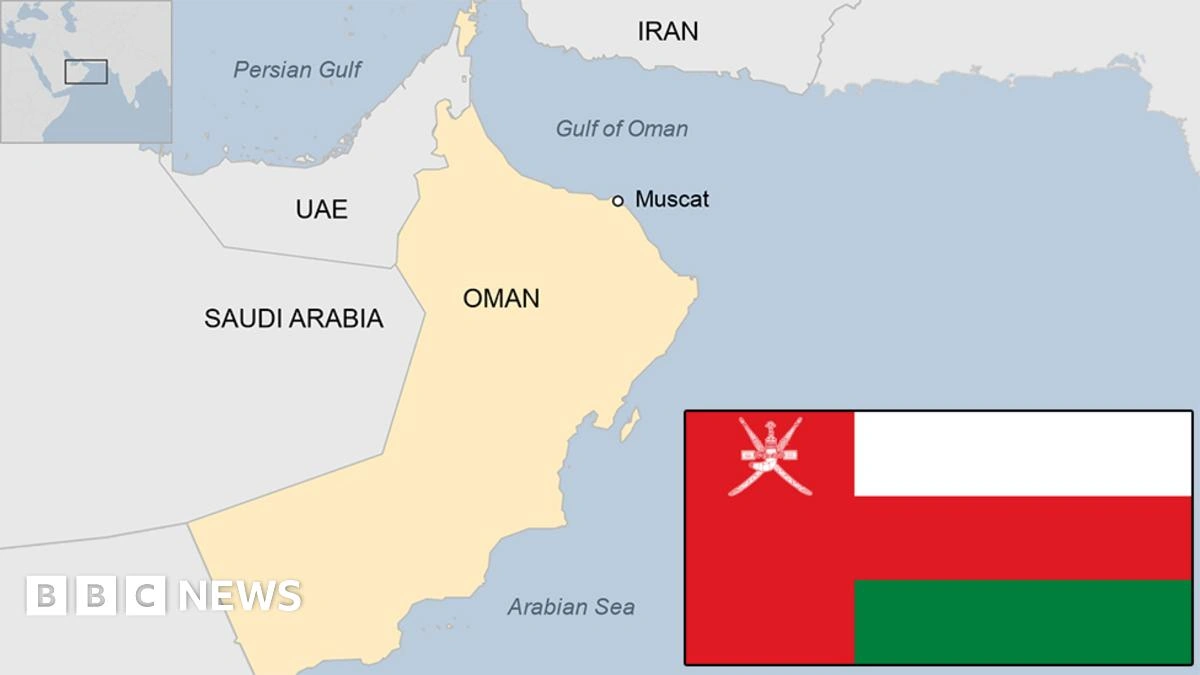Oman | More Than Just Oil – Uncovering the Soul of Arabia
Oman. The name might conjure images of shimmering deserts, towering dunes, and – let’s be honest – a whole lot of oil money. And yeah, there’s that. But here’s the thing: reducing Oman to just that is like judging a book by its (admittedly beautiful) cover. What fascinates me about Oman is its incredibly rich cultural heritage, a spirit of quiet independence, and a landscape that’s so much more diverse than you might expect. Let’s dive in, shall we?
A Land of Ancient Mariners and Frankincense Trails

Oman’s history is deeply intertwined with the sea. For centuries, Omani sailors navigated the treacherous waters of the Indian Ocean, establishing trade routes that stretched from East Africa to India. Think of Sinbad the Sailor – that adventurous spirit is baked into Oman’s DNA. The country’s strategic location made it a major player in the spice trade and, more importantly, the frankincense trade. Yes, that fragrant resin that perfumed ancient temples and palaces. Frankincense shaped Oman’s economy and its identity for millennia. The remnants of these ancient trade routes, like the archaeological sites in Dhofar, are a testament to Oman’s glorious past. The Sultanate of Oman , as it is officially known, has always been a fascinating crossroads.
Beyond the Dunes | Oasis, Mountains, and Coastlines
Sure, the Rub’ al Khali desert touches Oman’s borders, but to think of Oman as only desert is a massive misrepresentation. The country boasts stunning coastlines, rugged mountains (Jebel Akhdar, or the Green Mountain, is a sight to behold), and lush oases that feel like stepping into a secret garden. Imagine driving from the arid landscape to a wadi (a riverbed that’s often dry except after rainfall) where you can swim in crystal-clear water surrounded by date palms. It’s an experience that sticks with you. Tourism in Oman has been steadily increasing as people discover these hidden gems.
And speaking of experiences, one of the most unforgettable things you can do in Oman is witness the turtle nesting season. Several beaches along the Omani coast are protected nesting sites for endangered sea turtles, and watching these magnificent creatures come ashore to lay their eggs is truly humbling. It’s a reminder of the delicate balance of nature and Oman’s commitment to preserving its natural heritage. I initially thought this was straightforward, but then I realized how crucial conservation efforts are.
Omani Culture | A Blend of Tradition and Modernity
What really sets Oman apart is its unique cultural identity. Omanis are fiercely proud of their traditions, and you’ll see this reflected in their architecture, clothing, and customs. The traditional Omani dress, the dishdasha for men and the abaya for women, is both elegant and practical, perfectly suited to the climate. And the Omani hospitality is legendary. You’ll often be invited to share coffee and dates, a gesture of welcome that’s deeply ingrained in Omani culture. The country maintains a delicate balance between preserving its heritage and embracing modernity.
The concept of Ibadism, a moderate branch of Islam, plays a significant role in shaping Omani society. It promotes tolerance, consensus-building, and social harmony. This emphasis on moderation and inclusivity has contributed to Oman’s stability and its reputation as a peacemaker in the region. This aspect is particularly significant in understanding Oman country .
Oman’s Vision 2040 | A Glimpse into the Future
Oman is actively diversifying its economy away from oil, investing in tourism, logistics, and renewable energy. Oman Vision 2040 is a comprehensive plan that aims to transform the country into a sustainable and knowledge-based economy. This forward-thinking approach is not just about economic growth; it’s about creating a better future for all Omanis. The country is making strides in education, healthcare, and infrastructure, ensuring that its citizens have the opportunities to thrive. And that’s something to respect.
But, like any country, Oman faces its own set of challenges. Balancing economic development with environmental protection is a key concern, as is ensuring that the benefits of progress are shared equitably across society. However, Oman’s commitment to sustainable development and its focus on human capital give reason for optimism.
Investing in infrastructure is also a key aspect. The expansion of ports and airports is aimed at enhancing Oman’s connectivity and attracting foreign investment. These developments are transforming the country into a regional hub for trade and logistics.
A Final Thought | Oman’s Quiet Strength
Oman isn’t a country that shouts from the rooftops. Its beauty is subtle, its culture is deeply rooted, and its progress is steady and sustainable. It’s a place where ancient traditions meet modern aspirations, where stunning landscapes meet warm hospitality, and where the spirit of adventure still thrives. So, the next time you think of Oman, remember there’s much more beyond the oil reserves. Think beyond the dunes, beyond the stereotypes, and discover the soul of Arabia.
The country truly is unique.
FAQ about Oman
What is the best time to visit Oman?
The best time to visit Oman is during the cooler months, from October to April. The weather is pleasant and ideal for outdoor activities.
Do I need a visa to visit Oman?
Visa requirements vary depending on your nationality. It’s best to check the latest visa regulations on the official website of the Royal Oman Police before you travel. You can also find information on the Oman eVisa process.
What currency is used in Oman?
The currency used in Oman is the Omani Rial (OMR).
Is it safe to travel to Oman?
Oman is generally considered a very safe country for tourists. However, it’s always wise to take normal precautions and be aware of your surroundings.
What are some popular tourist attractions in Oman?
Some popular tourist attractions include the Sultan Qaboos Grand Mosque, Nizwa Fort, Jebel Akhdar (Green Mountain), Wahiba Sands, and the Bimmah Sinkhole.
What language do they speak in Oman?
The official language of Oman is Arabic, but English is widely spoken, especially in tourist areas.













